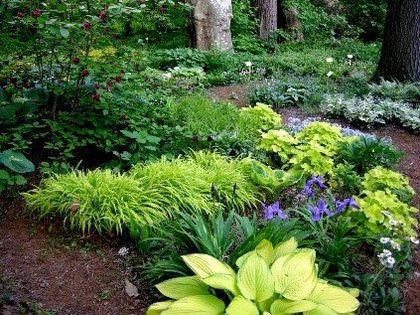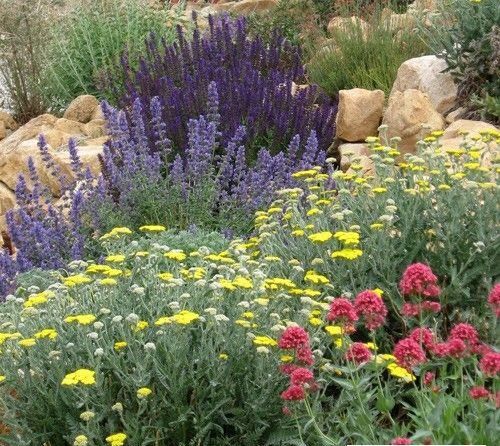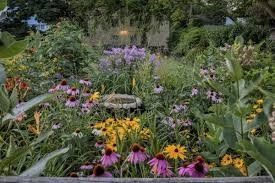Drought Tolerant Gardening
Many folks wonder why we need to think about drought tolerant gardening in the rainy northwest. You may find it interesting that we receive only about 7 inches of our 40 inches total in the summer. In addition, more folks are moving here, straining our water resources for living while it is getting warmer (average temperature is up 1.5 degrees from 1920 to 2003!). Meanwhile, the snow pack that we rely on for summer water is decreasing. That lovely lawn needs 1 – 1 ½ inches per week while roses need about 2 inches per week. It doesn’t add up!
There are a number of watering systems and approaches that can make each gallon go farther. Drip watering and soaker hoses provide water just to the plants and reduce evaporation. Weather reading irrigation controllers have come a long way. Many models adjust for plant and soil types as well as exposure. They are more affordable than they used to be and can now effectively and efficiently fully automate your watering needs.
Watering deeply and less often is better for your plants. You will keep them healthier and ultimately use less water. Besides reducing evaporation, mulch keeps plant roots cool and keeps weeds down. A double win! Rain gardens are also effective in reducing overall watering needs and rain barrels harvest rainwater.
Improving your soil with compost both provides nutrition and helps soil to retain moisture. Another double win! If you have areas where water runs off, using strategically placed rocks or boulders can slow it down and allow more of the water to be absorbed while providing a landscape feature. We have all heard that we need to plant the “right plant in the right place” and doing so will go a long way toward minimizing watering needs.
Plants that need similar amounts of water can be grouped together. This reduces your watering chores and keeps your plants happy.
In the Northwest, we are fortunate that we have outstanding natives that do well with rainy winters and dry summers as this is their native climate. There are so many lovely options in addition to fir trees and rhododendrons. Once you start looking into our natives and the many drought tolerant plants that thrive in our nearly Mediterranean climate, you may decide that your high maintenance lawn does not need to be quite so large!
Some resources to learn more:
http://nativeplantspnw.com/
https://extension.wsu.edu/raingarden/












